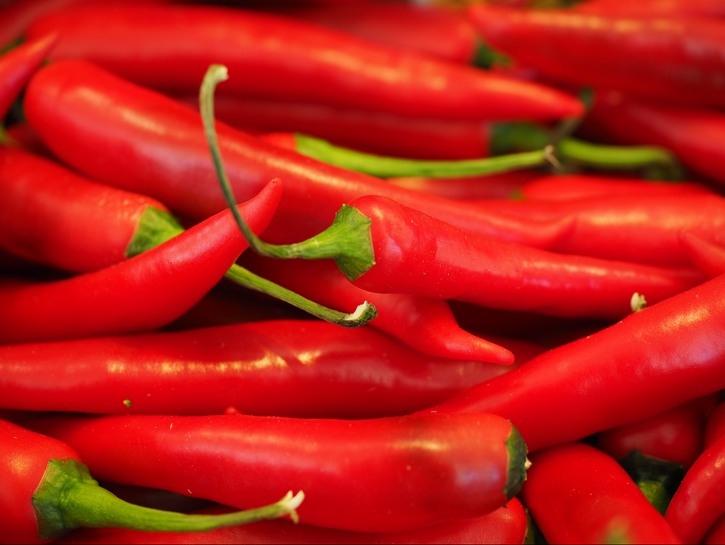What Is The Scoville Scale?
We all know that peppers are spicy, but did you know that there’s actually a scale that helps us rank them by heat index? It’s called the Scoville scale and it uses science to inform pepper enthusiasts (and everyone else) how hot pretty much every kind of pepper is.
The Scoville scale was developed in 1912 by a pharmacist named Wilbur Scoville when he created a simple way to measure the pungency (strength) of a pepper. This method, called the Scoville Organoleptic Test, measures heat based how on ground-up peppers are diluted. The test asks how much sugar water should be added to the ground chili pepper until there is not heat at all?
When Scoville first developed the scale, he had a panel of taste testers who would sip on the pepper and sugar water solution until the ground pepper was diluted enough to no longer burn. Depending on who you ask, these testers were either living the dream or a complete nightmare because of all the peppers they had to taste.
Once the taste testers concluded that a pepper had been neutralized by the sugar water, Scoville assigned a number (rated in a multiple of 100) to the pepper, based on how much sugar water was needed to get rid of the spice. This number is called a Scoville Heat Unit (SHU). The lowest pepper on the scale is a bell pepper which comes in at minimum 0 SHU, while pure capsaicin (the component that makes peppers hot) measures around 15-16,000,000 SHU, which is very, very hot.
Scoville Testing Today
Food science has come a long way since Scoville first created his heat scale in the early 20th century. It’s important to remember that everyone’s tastes and heat tolerances are different, so Scoville’s original methods were pretty subjective. Now, there are much more accurate methods of testing pepper heat that don’t involve burning off the tongues of taste testers. Scientists have since developed a measurement system called high-performance liquid chromatography (HLPC), which measures the concentration of the chemical capsaicin present in chili peppers and rate the peppers based on how pungent the capsaicin is. Despite the new testing system, pepper heat is still measured in SHU as an homage to Scoville for pioneering his original heat measuring process.

Common Peppers And Where They Rank On The Scoville Scale
The Scoville scale has an incredibly wide range. On the mild end you’ll find peppers like bell peppers, pepperoncinis, poblanos, and jalapeños. Peppers like Thai chilis and orange habaneros rank in the middle of the scale. Scorpion peppers, Carolina reaper, and Pepper X, made famous from First We Feast’s Hot Ones, all top the Scoville scale. For a more complete list of peppers and where they rank on the Scoville scale, check out our infographic below.

Amanda Huffman / Oola
Cooking With Peppers
Now that you know all about the Scoville Scale, let’s bring on the heat! Here’s our favorite recipes that include all kinds of spicy peppers.
